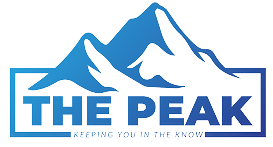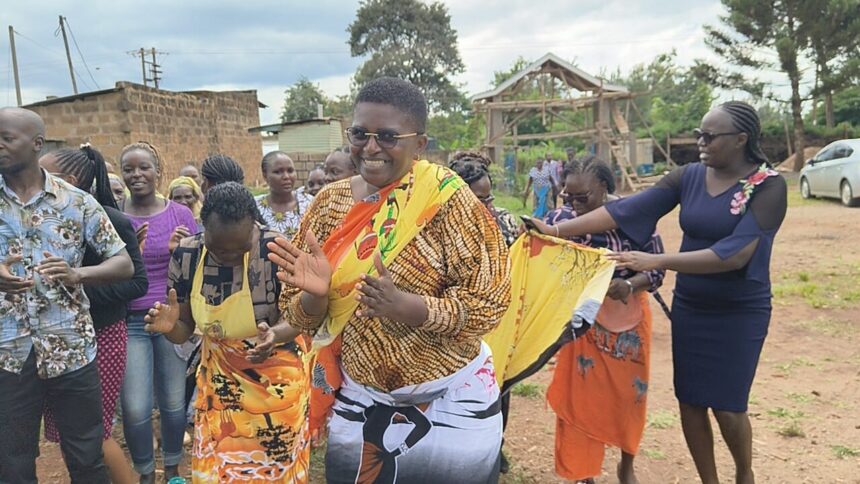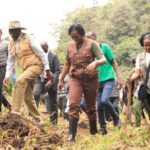Tharaka Nithi County Women Representative, Susan Ngugi, has called on residents to explore goat farming as a means to enhance their income and food security. This push comes as goat farming gains popularity in Kenya, proving to be a profitable income source within the agricultural sector.
“Engaging in goat farming is currently very profitable as it is one of the emerging and fast-growing sectors in the country. Small scale farmers are increasingly turning to goat rearing as a means to increase their income and empower themselves,” Ngugi stated.
Ngugi highlighted the support her office provides through the National Government Affirmative Action Fund (NGAAF). The fund has been issuing cheques to self-help groups, enabling them to venture into goat farming. These groups are already benefiting significantly from the practice.
She encouraged more residents to apply for funds through self-help groups, which aim to foster self-reliance and sustainable livelihoods within the community.
Ngugi made these remarks in Njaina, Chuka/Igambang’ombe Constituency, where she presented a cheque worth KShs 119,000 to the Mputi Self Help Group to facilitate the purchase of dairy goats.
“So far, three groups across the county have successfully ventured into goat farming through the support of NGAAF funds. We urge more groups to apply and start rearing goats, as this is a very profitable business. My office remains committed to supporting the community in achieving sustainable livelihoods,” she added.
Hellen Kajira, Chairlady of Mputi Self Help Group, emphasized the benefits of dairy goat farming, noting that it is less costly to start and maintain. Goats have a short gestation period of 150 days, allowing for frequent reproduction, which can lead to high returns on minimal investment.
Formed in 2007, Mputi Self Help Group has 20 members and anticipates that their investment in dairy goats will yield significant profits.
According to statistics from the Ministry of Agriculture, the total goat population in Kenya was 15 million as of three years ago, with 400,000 being dairy goats. In 2016, dairy goats contributed 4.2 percent of the total milk production in the agricultural sector. The study also revealed that 47.7 percent of goat farmers organized in self-help groups performed better than those who were not in groups.









